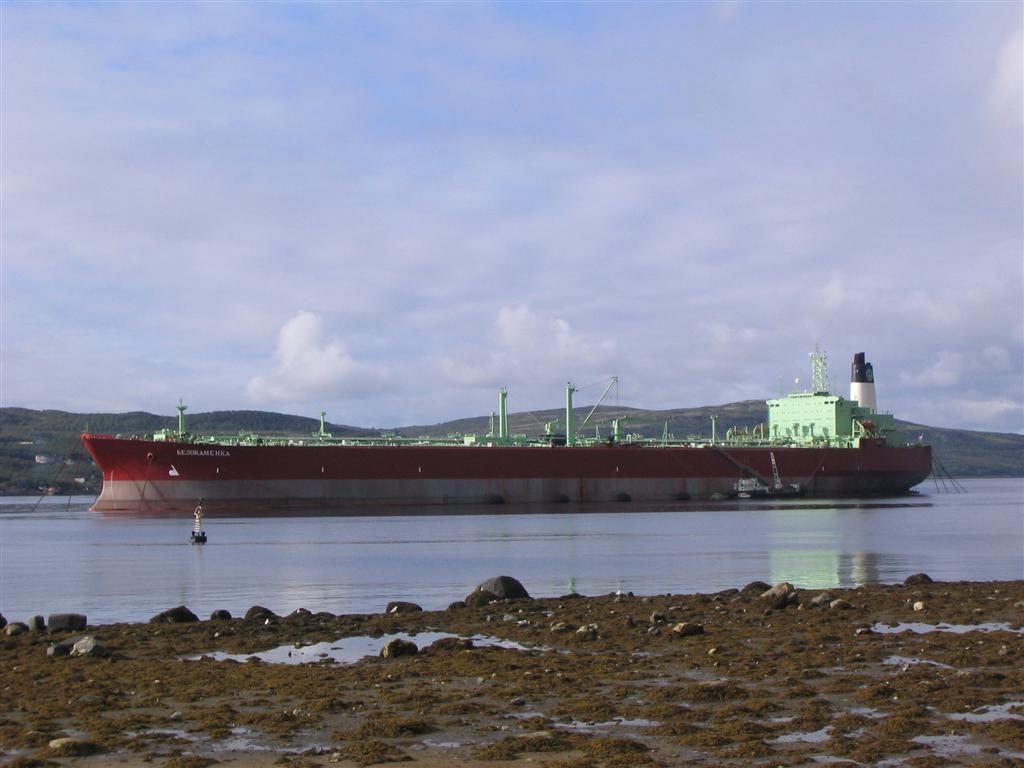|
4.5 BALLAST TANK MAINTENANCE
During the loaded passage, the ballast tanks are normally empty, providing
an opportunity to perform preventive and repair maintenance routines.
Ballast system maintenance may include:
Ģ Repairs to ballast system valves and pumps in pumproom.
Ģ Hydrocarbon vapour testing of the ballast tank atmosphere at tank
bottom (to detect any cargo tank bulkhead leaks).
Ģ Routine washing of ballast tank bottoms to remove/reduce sediment
accumulation.
Ģ Entry and cleaning of ballast tanks to remove rust scale accumulation.
Ģ In-tank repairs of valves, actuators, or ballast level sensors
Ģ In-tank inspection of ship structure, coatings, or sacrificial anodes.
Any ballast tank entry for inspection, cleaning, or repair must be
conducted in full compliance with owner's confined space entry procedures.
Ballast tank entry must be treated just as cargo tank entry and all
necessary confined space entry precautions observed. It takes only a
small cargo leak to create a ballast tank atmosphere which is just as
deadly as a poorly washed cargo tank. Ballast tanks must also be tested
for oxygen before entry. Un-coated ballast tanks must always be considered
to be oxygen deficient (due to corrosion), until thoroughly ventilated
and tested at all levels. Coated ballast tanks should contain adequate
oxygen immediately after they have been emptied, but should be ventilated
and must be tested for oxygen before entry.
If cargo lines pass through the ballast tanks, the lines should be regularly
placed under static pressure (by opening a valve to a full cargo tank)
and the cargo pipelines inspected in the ballast tank(s) for any signs
of leakage.
If sacrificial anodes are fitted in the tanks, they should be examined
to see that they are being depleted as expected and to verify that their
attachment is adequately secure.
|

